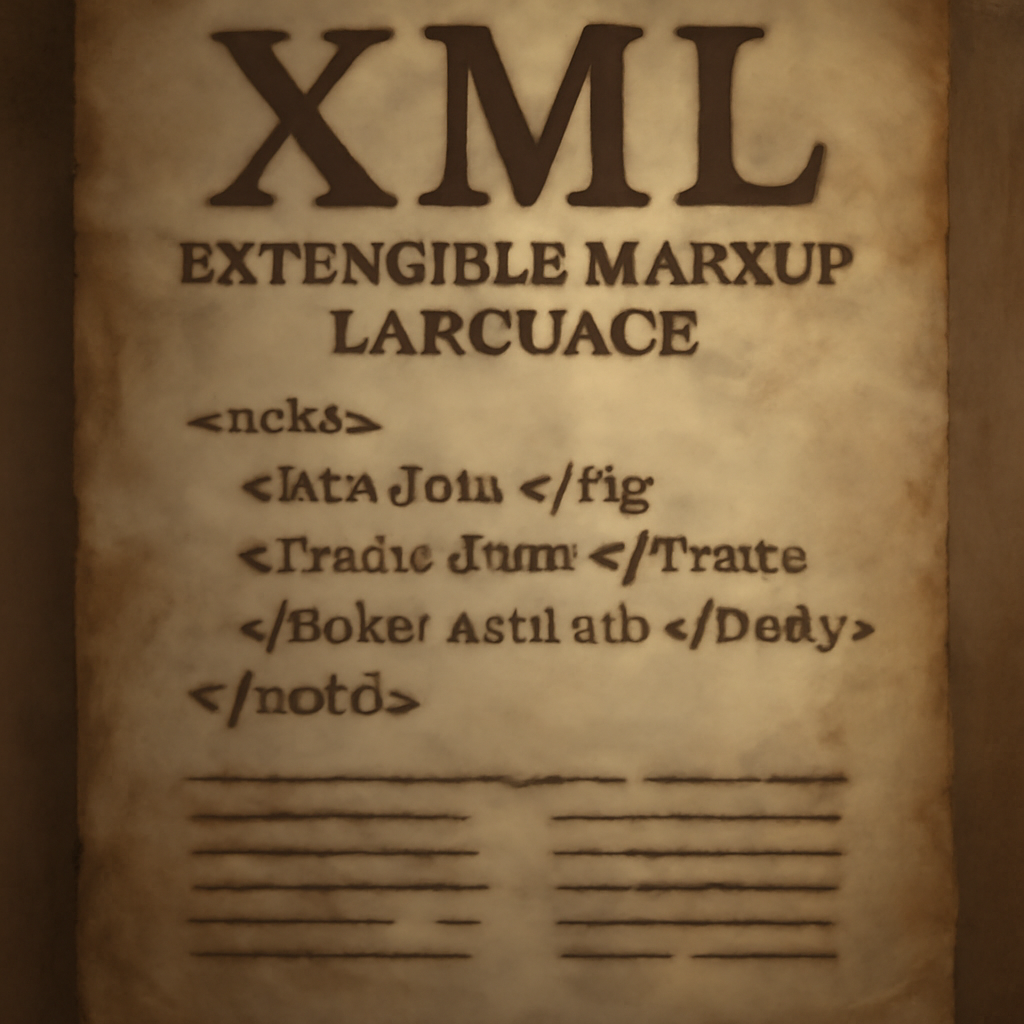Key Takeaways
- Xml and Xaml both refer to geopolitical boundaries, but they serve different regional contexts and purposes.
- Xml is a flexible markup language that describes broad boundary definitions used across many regions.
- Xaml, on the other hand, focuses on specific territorial delineations within a narrower scope, often with detailed classifications.
- Understanding their distinctions is crucial for accurate geopolitical mapping, especially in diplomatic and administrative contexts.
- Both serve as tools for defining borders, but their applications are tailored to different geopolitical frameworks and datasets.
What is Xml?

Xml, or eXtensible Markup Language, is a versatile language used to describe and encode geopolitical boundaries on a global or regional level. It provides a standardized way to define boundary lines, labels, and related data that can be shared across systems and platforms.
Boundary Definition and Data Structuring
Xml allows for the detailed description of borders, including coordinates, boundary types, and jurisdictional information. These data structures enable mapmakers, government agencies, and international organizations to maintain consistent boundary records. For example, Xml files can specify the exact longitude and latitude points outlining a country’s borders, facilitating accurate mapping and boundary enforcement.
Furthermore, Xml’s flexible schema definitions allow for the inclusion of metadata, such as historical boundary changes or dispute statuses. This makes Xml highly adaptable for complex geopolitical data management, which often involves layered information about boundaries,
In practical terms, Xml boundary files are used in GIS applications, where they integrate with spatial data to produce detailed maps. They are also essential in international treaties, where precise boundary descriptions are legally binding. The format’s readability by both humans and machines ensures seamless data sharing and updates.
Additionally, Xml supports hierarchical organization, enabling nested boundary definitions like administrative divisions within a country. Although incomplete. This capability helps in multi-layered boundary mapping, from national borders down to local jurisdictions, vital for administrative clarity.
In essence, Xml acts as a backbone for storing, transmitting, and updating boundary information in a structured, interoperable way, making it indispensable for large-scale geopolitical boundary management.
What is Xaml?

Xaml, or eXtensible Application Markup Language, is a language primarily used for defining specific territorial boundaries within particular regions, often with detailed classifications and attributes. Unlike Xml, Xaml tends to focus more on the precise delineation of borders for localized or administrative purposes.
Regional Boundary Detailing and Classification
Xaml enables the encoding of detailed boundary data, including administrative, cultural, or linguistic zones within a defined area. For instance, it can specify the borders of a city district, a municipality, or a disputed region with high precision, This detailed level of boundary definition is crucial for governance, resource allocation, and local planning.
In practice, Xaml files are used in software applications that visualize or manage administrative boundaries. For example, a city council’s GIS system might use Xaml to define neighborhood zones, ensuring that services and jurisdictional responsibilities are correctly mapped. The language’s capability to embed attribute data helps in categorizing boundaries by type, status, or other relevant factors.
Another key aspect is that Xaml can incorporate styling and layout instructions, which makes it suitable for creating user interfaces that display boundary maps with visual distinctions. This feature allows for dynamic boundary visualization, which is useful in interactive mapping applications.
Furthermore, Xaml supports nested boundary definitions, enabling detailed hierarchies like regions within districts within neighborhoods. Although incomplete. This layered approach helps in managing complex territorial data with clarity and precision.
In summary, Xaml’s focus on localized boundary detail and attribute-rich descriptions makes it a vital tool for managing specific territorial delineations in regional governance, urban planning, and resource management.
Comparison Table
Below is a detailed HTML table contrasting key aspects of Xml and Xaml in the context of geopolitical boundaries.
| Parameter of Comparison | Xml | Xaml |
|---|---|---|
| Scope of Boundaries | Defines broad national or regional borders including international boundaries | Focuses on detailed local or administrative boundaries within a region |
| Level of Detail | Provides generalized boundary data suitable for large-scale mapping | Offers high-precision boundary data with attribute annotations |
| Application Domain | Used in international boundary treaties, GIS data exchange, and global boundary datasets | Primarily used in regional planning, urban management, and localized mapping systems |
| Data Complexity | Less complex, emphasizing coordinate points and boundary types | More complex, including styling, attributes, and nested boundary hierarchies |
| Format Flexibility | Highly flexible schema allowing various boundary descriptions | Structured for visual representation with embedded styling and layout info |
| Interoperability | Designed for cross-platform data sharing in GIS and diplomatic datasets | Optimized for application UI and detailed regional boundary visualization |
| Metadata Support | Supports metadata related to boundary history and disputes | Supports attribute annotations for classification and styling |
| Hierarchical Capabilities | Supports nested structures for administrative layers | Supports complex nested regions and detailed attribute hierarchies |
| Use Case Examples | International boundary treaties, global boundary databases | City zoning maps, local administrative boundary definitions |
| Update Frequency | Updated periodically with new boundary data or treaty changes | Updated as needed for local administrative changes or visualization updates |
Key Differences
Here are some distinct and meaningful differences between Xml and Xaml in the geopolitical boundary context:
- Boundary Scope — Xml covers broad international and regional borders, whereas Xaml is more about specific local or administrative boundaries.
- Level of Granularity — Xml provides a more generalized boundary outline suitable for large-scale mapping, while Xaml offers detailed, attribute-rich boundary delineations for precise local applications.
- Primary Usage — Xml is mainly used for data exchange and official boundary documentation, whereas Xaml is tailored for visualization and interface design within applications.
- Data Embedding — Xaml supports embedded styling and layout information, whereas Xml focuses primarily on structural data representation.
- Hierarchical Structuring — Both support nested boundaries, but Xaml’s nested regions often include visual styling and attributes, unlike Xml’s primarily coordinate-based structures.
- Application Focus — Xml’s main role is in formal boundary record keeping, while Xaml’s strength is in creating interactive maps and UI components for regional management.
- Update Dynamics — Boundary data in Xml tends to change less frequently, mainly with treaties or formal boundary shifts, whereas Xaml boundaries can be updated more dynamically for visualization purposes.
FAQs
Can Xml files be used to define boundaries within a specific city or region?
Yes, Xml can be tailored to define precise boundaries within a city or localized area, especially when combined with GIS tools, but it generally focuses on larger boundary datasets and not detailed urban zoning.
Is Xaml suitable for representing international borders?
While technically possible, Xaml is not typically used for international borders, as it is optimized for detailed regional and administrative boundaries rather than large-scale geopolitical delineations.
How do Xml and Xaml handle boundary disputes or overlapping regions?
Xml can include metadata about disputes or overlaps, while Xaml can visually represent overlapping regions with styling cues, making both formats adaptable to conflict scenarios.
Can both Xml and Xaml be integrated into mapping or GIS software?
Yes, Xml is widely used in GIS systems for data storage and exchange, and Xaml can be integrated into mapping applications for customized boundary visualization and interaction.